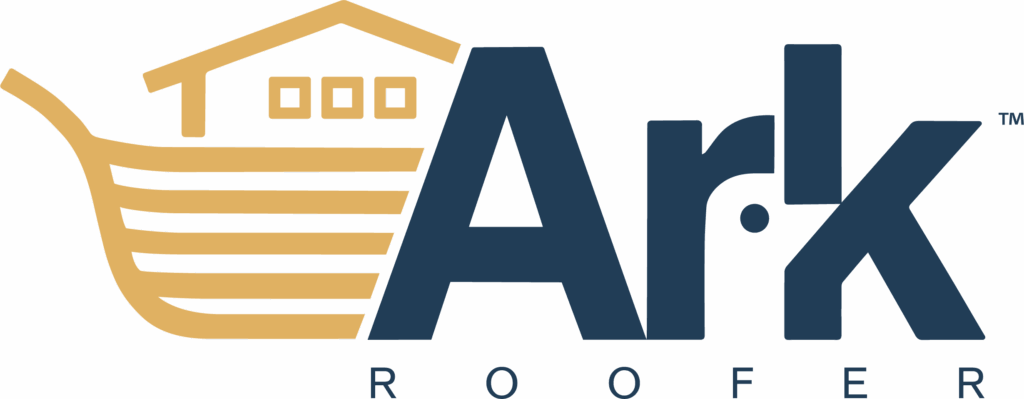Roof Systems
If you’re figuring out how your roof works and what all the parts to it are called, then we’ve put this guide together just for you.
The Permanent Parts of a Roof System
There are permanent features of your roof that are kind of like its bones. These give the roof its shape and complexity.
Main Surface Area – The Field or Facet
Any flat surface area over four square feet or more on your roof, those are fields, also known as facets.
The fields of your roof are usually on a pitch.
The amount your roof inclines is the pitch.
The number of inches (or feet) your roof rises vertically for every 12 inches your roof extends horizontally will give us your roof’s pitch.
The number of facets on your roof will tell you how simple or complex your roof is.
In roofer speak, your roof may have 8 facets or it may have 18 facets. The more facets a roof has, the more complex it is.

Hips & Ridges
The parts of your roof that meet at an apex and create long horizontal lines, those are ridges.
The parts of your roof where two facets meet and create an incline like a pyramid, those are the hips of your roof.
Roofing material plays an important role in creating a watertight condition at these long joints over the long haul.
Valleys
Valleys play a key role by draining high volumes of water at a time, multiple times a year.
On many homes, they’re responsible for draining more water than any other part of your roof.
[Ask us about gutters]
Eaves & Rakes
The eaves of your roof are the horizontal lines that hang over the exterior walls.
The rakes of your roof are where two edges rise and meet to create two sides of a triangle.
Together, the eaves and rakes on your home make up the roof’s perimeter.
Roofing material plays a critical role at a roof’s perimeter by locking the roof system in place, creating a seal against wind and rain.
Sheathing or Decking
The foundation of your roofing system, the base layer that connects the roof to the house is the decking, also known as sheathing.
Roofs are sheathed most commonly with one of two types of wood: OSB and plywood.
Cornice Returns
Cornice returns, partial or full, are architectural details designed to make an eave on a roof connect to a rake.
It takes attention to detail to get these right.
Flashing
Flashing plays a vital role in waterproofing your roof.
It’s a thin-gauged sheet of metal that is fabricated to a specific shape and designed to direct water flow away from critical areas. It’s fastened in areas that have a higher probability to leak, especially places where roofs and vertical surfaces intersect.
The Materials of a Roof System Guide
Along with the permanent features of your roof system, you also have the materials that can be replaced.
There are six standard components that make up the system and finished look of your roof.
Ice & Water Barrier
After an old roof is removed and the decking is bare and swept clean, ice and water barrier is applied in areas most susceptible to water damage.
This component functions to repel water and protect the decking from water damage. The areas highest at risk for leaks are vent, exhaust and window penetrations, valleys, around chimneys, and along roof-to-wall transitions.
Synthetic Underlayment
Synthetic underlayment is the component that sits between the decking and shingles on your roof. It’s a lightweight, water-resistant and water-shedding moisture barrier.
There are various reasons why we use synthetic instead of felt underlayment. Felt paper is about 12 pounds per 100sf. Synthetic is about 2 pounds per 100sf.
Synthetic means is that it’s made of woven plastic and resin materials bonded through a process that results in a sheet that will not stretch or tear.
Felt paper will soak water and dry just like construction paper. A soaked section of felt paper will transfer moisture to the decking.
When underlayment is applied, the roof is considered dried in. Think of putting on a rain coat. In a sense, you’re dried in from the elements by the coat. With underlayment properly fastened, the roof could rest exposed to the elements up to 60 days in most cases.
Drip Edge
Drip edge is a piece of metal flashing installed on the entire perimeter of a roof (eaves and rakes) that keeps water from getting underneath shingles and protects wood trim from rotting.
The way this works is determined by the way water works. As water runs off shingles, it doesn’t all run off the edge of the shingles (shingles hang over the perimeter of your roof by up to three quarters of an inch).
Since water has strong adhesion forces, it will want to stick to the underside of the shingles and run back up the shingles towards your home. So now water is running back towards your home on the underside of your shingles.
Without drip edge, water will migrate between shingles and sheathing, causing the deck to rot. This sort of damage could go hidden for a long time.
And still much of it will also adhere onto your fascia trim board going downward, causing it to rot as well, which will be visible.
Drip edge stops water traveling the underside of your shingles and diverts it downward.
Starter Shingles
Starter shingles are long narrow strips installed on the perimeter of your roof. They’re the initial shingle product installed on a roof replacement.
Their role is to lock in the entire shingle system.
They seal down onto the drip edge beneath and give the first row of shingles above a way to seal down for ultimate adhesion. The first row of shingles then fortifies the rest from wind uplift, shingle blow-off, and moisture migration.
Field Shingles
Asphalt shingles are probably the most common roofing material in Central Texas.
They’re available in a wide range of colors, textures, styles, and profiles. They’re designed to mimic the look of slate, cedar, and wood roofing.
Aside from being cost-effective, asphalt shingles are also durable.
Three Types of Asphalt Shingles
Three Tab
Lines of three tab shingles are made as either 20 or 25 year shingles. In low-wind and no-hail conditions, they will last that long.
The exposed portion of the shingle consists of three separate tabs.
Architectural Shingles
Architectural shingles are also called laminated shingles. That’s because these shingles consist of two or more basic shingles bonded or laminated together.
They’re described as being architectural because they’re designed to create an architectural interest in the roof by means of dimension and cut as well as color contour and depth.
Designer Shingles
Designer shingles are designed for enhanced aesthetics and protection.
Among these three types of asphalt shingles, these do the best job of withstanding strong winds, extreme heat and excessive downpours.
Their beauty, curb appeal and distinction are unmatched. These shingles will be there to remind you of your investment every time you come home.
Hip & Ridge Caps
Hip and ridge shingles are also known as caps. That’s because that’s how they function. They cap the long intersections where two facets meet on your roof.
These caps are important because they provide a protective bridge that ties two sides of a roof together to create a weather tight enclosure.
The hips and ridges on your roof require these shingles to do something unique. They have to flex and bend permanently over hips and ridges.
This exposes these caps at three different points: the left and right sides along with the crest. The crest is exposed to more impact risk because of minimal surface area.
Three Types of Hip & Ridge Caps
3-Tab
The most common approach to installing hip and ridge caps is to manipulate 3 tab shingles.
As far as 3 tab shingle roof systems go, using the same shingle product on the field as well as hip and ridges is standard.
The problem is when roofer use as hip and ridge caps on architectural roof systems.
Those are two different materials from two different shingle systems. Expecting 3 tab shingles to perform like a proper hip and ridge cap in an architectural roof system would be like baking your boots and expecting muffins.
That doesn’t stop them from being used as cheaper substitutes for proper hip and ridge caps on nearly every roof we replace.
Low Profile & High Profile
Hip and ridge caps come in two types.
Hip and ridge caps are perforated and designed to remain in shape to protect all hip and ridge lines.
They also match the unique look of the color of the field shingles.
Low profile caps provide protection to last as long as the field shingles.
High profile hip and ridge caps are designed to enhance the lines on your roof. They have the affect of making your roof look like the system is secured and protected.
How can you use this for your own future reference?
Bookmark this page and name it Guide to Roofing.
To Learn More
Follow these links
On field shingles
On hip & ridge caps
Roofs Restored
On starter shingles
On drip edge
On synthetic underlayment
On ice and water barrier
On decking
Red River Roofing
On flashing
Bill Ragan




